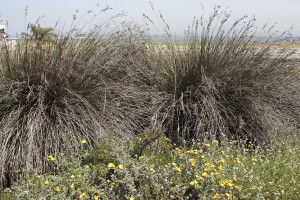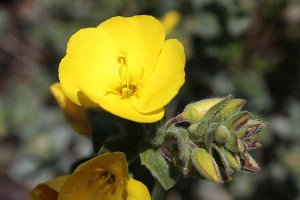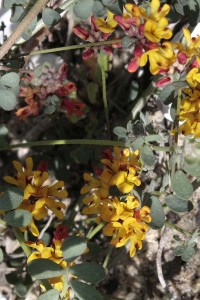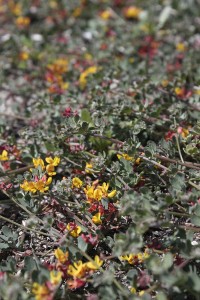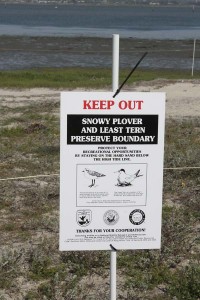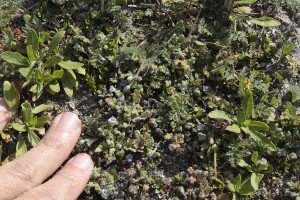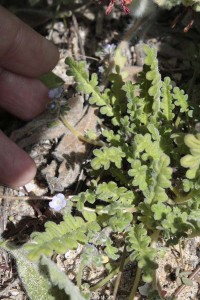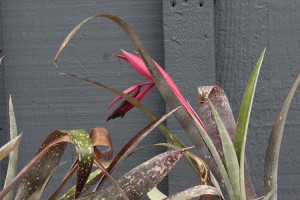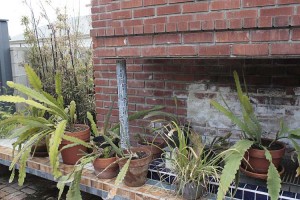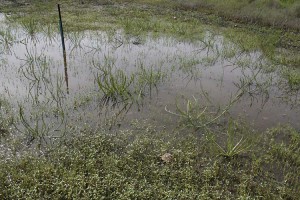This spring I’ve helped out with a couple plant surveys organized by the local CNPS chapter. There are plenty of plants in the county and relatively few people to survey them, so the chapter picks a plant or group of plants for which there’s a compelling need to inventory them. The theme this year was dune plants. I don’t know this group of plants very well, so it’s been a great learning experience.
Surveys in two locations netted five or six rare List 1B species. (See the CNPS definition of the various listings [ here ].) I was there for four to five of them.
At the first location it was hard to miss the rare form of Juncus acutus, towering over my head. Shown here, it’s surrounded by the common but wonderfully perky yellow beach evening primrose (Camissonia cheiranthifolia) and the exotic sea rocket, Cakile maritima.
(A closeup of the dune evening primrose.)
Also nearby, also yellow, common, and perky: telegraph weed, Heteroteca grandiflora.
But enough of these common plants. We came here looking for rare ones!
Here’s one that was pretty hard to miss: Nuttall’s lotus, Lotus nuttallianus. I hope you like yellow. The bright flowers turn orange-red after they’ve been pollinated, encouraging the pollinators to visit the still-not-deflowered yellow blooms.
This snowy plover and least tern preserve was one of the plants’ favored areas. The word “preserve” promised more than was evident here. It was a patch of sand like any other part of the beach, but with just one piece of white string around it. Any dog or small child or group of teens with a cooler could have stepped inside, squashing the plants, scrambling the eggs and nestlings.
We saw several hundred of these, Brand’s phacelia, Phacelia stellaris. Around the edges of this patch you can see the one of invasive species of Erodium.
Another look at the phacelia… Most were about this size, practically belly flowers. But occasionally–as in the semi-shade beneath a picnic bench–you’d find individuals almost a foot tall.
And the last of the rare plants we surveyed the first day, coast wooly-heads, Nemacaulis denudata var. denudata. There were thousands at the first site. They weren’t flowering yet, but the plants were unmistakable with their long accordion-pleated white leaves. In bloom, they’ll have wiry stems floating little creamy balls of bloom over the leaves.
Here’s a final shot, a closeup of the flowering heads of the Juncus acutus. ssp. leopoldii.
It’s a stunning plant out on the sand. And of all of these, the common form of Juncus acutus is something you’ll see offered in various native plant catalogs. If you need a big, architectural, spiky sedge that likes a certain amount of moisture, this might be just your plant.

